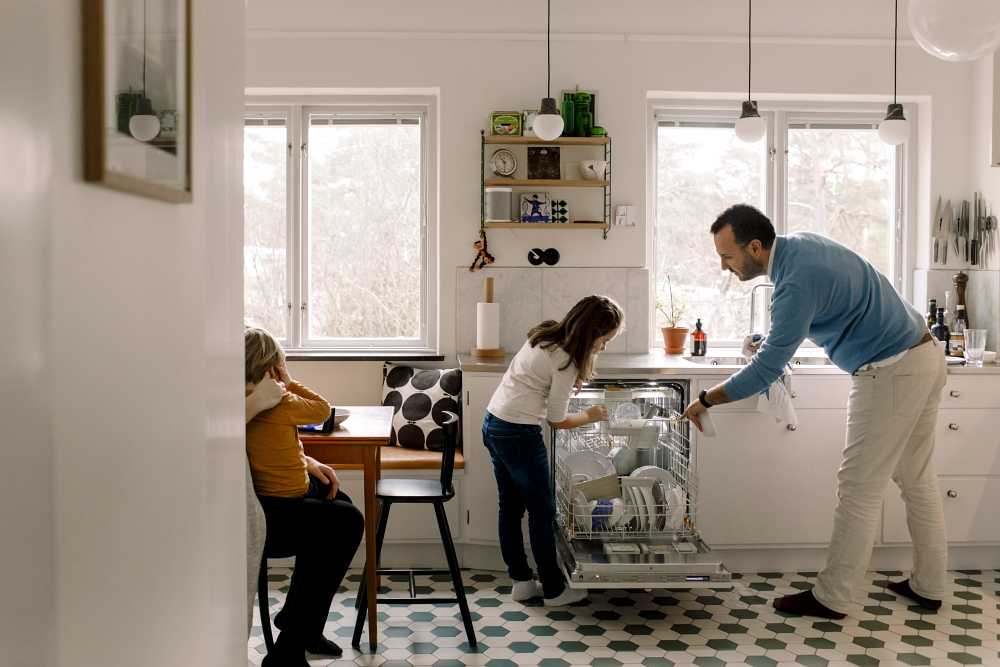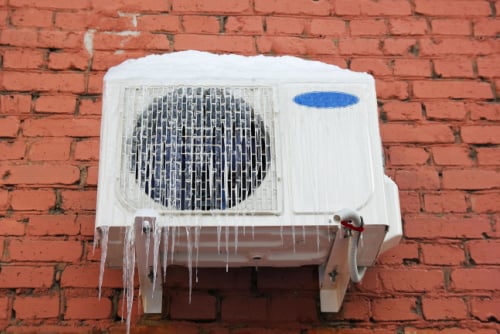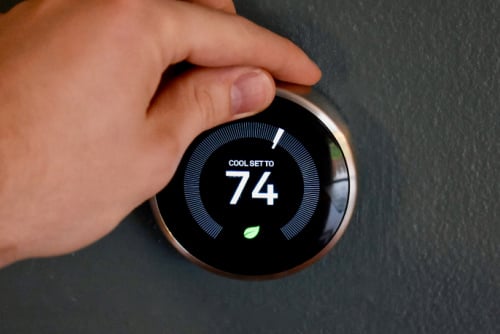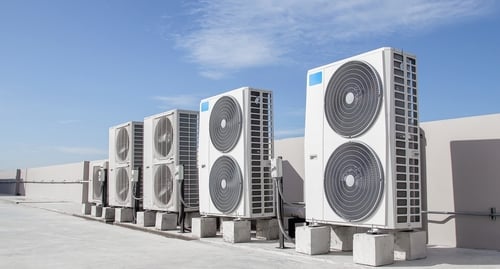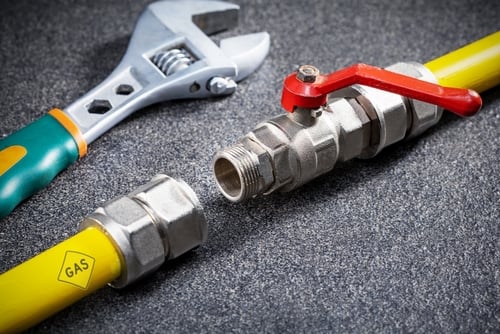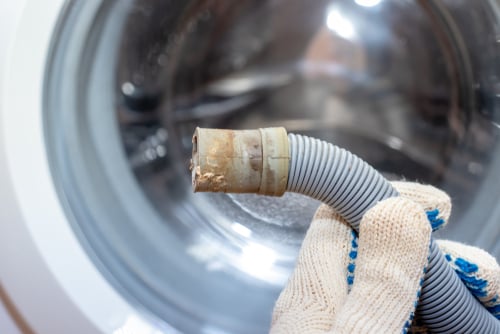We learned the art of the toaster oven. Here is our advice, cleaning tips and one of our favorite recipes.
Toaster ovens are energy savers, space savers, and time savers. In fact, according to an ENERGY STAR Market and Industry Scoping Report, a toaster oven uses about one-third to one-half less energy than a conventional oven for cooking small meals.
While there are many different types and styles of toaster ovens, most models range from about 16 x 8 inches to 20 x 10 inches in size, making them perfect for kitchen countertops and for small or compact spaces. These little ovens can be quicker and easier to use than their big siblings, traditional ovens. Here’s how to make the best use of them:
When you shop for a toaster oven, you’ll probably have to choose whether you want a conventional toaster oven or a convection toaster oven. The technology is similar to that of regular ovens. Conventional ovens are generally heated by an element, and convection ovens have the heat distributed by a fan or other source for faster, more even cooking. Think about how you plan to use your toaster oven and then decide which type would work best for your needs. If you plan to use your toaster oven mainly for reheating foods and toasting bread, you may just need a conventional oven. If you plan to actually cook in your toaster oven, you may prefer a convection model. If you do choose a convection oven, be sure to read the manufacturer’s recommendations for adjusting cooking temperatures and times, if necessary.
Because of their compact size, toaster ovens are perfect for:
• Any kitchen (especially small ones)
• Dorm rooms (if allowed)
• Apartments
• Condominiums
• Offices
• Building common areas
• In-law suites
• Guest houses
While you obviously can’t cook large meals in them, toaster ovens are perfect for cooking or reheating smaller amounts of food. For example, you can use your toaster oven to:
• Bake, toast, broil, or melt foods
• Heat leftovers
• Bake potatoes
• Heat frozen foods
• Bake small batches of cookies
• Reheat pizza
• Warm heat-safe plates and dishes before serving
• Roast vegetables
• Dehydrate foods, like apples
• Make garlic bread
• Cook bacon
(For many dishes, remember that it’s helpful to rotate food about halfway through the cooking time for even heating.)
How are toaster ovens different from microwaves? While it’s true that microwave ovens generally beat toaster ovens when it comes to energy efficiency, it’s important to remember that the two appliances are often used differently, which could affect their energy usage. Microwaves are purchased more often for heating foods in short intervals. Toaster ovens are used more often for cooking and reheating foods, which often requires preheating and longer use times. One thing you can do to keep energy use down with both conventional ovens and toaster ovens is to preheat the appliance right before cooking, rather than preheating it far in advance.
Be sure to read the manufacturer’s instructions for your toaster oven unit to find out how to operate and maintain it properly. Make sure the toaster oven is pulled away from the wall, electrical outlet, and other appliances to let air circulate around it. Avoid putting plastic or foil into the oven. Check the cord for cracking or fraying.
It’s important to clean your toaster oven regularly, for food safety and because crumb and grease build-up may pose a fire hazard. Because toaster ovens are so small, it is easy for food tastes and smells to transfer if the interior isn't cleaned frequently. How to clean an electric oven? First, unplug it. Empty the crumb tray and wipe out any crumbs that may have spilled into the unit. Using your favorite cleaning solution that you’ve sprayed directly onto a sponge or cloth, wipe down the crumb tray, rack, pan, sides, as well as the exterior. Avoid the heating elements when you are cleaning. Rinse the interior well, and let the oven dry completely before plugging it back in. To speed cleaning time, you may want to use a non-stick oven liner that has been trimmed to fit your toaster oven tray.
While toaster ovens can be perfect for busy families, because they cook and heat small quantities of food easily, they can be especially convenient for single people, empty nesters, and students. Many homeowners prefer to use their toaster ovens more often during warm weather months, to avoid raising the kitchen temperature with heat from the regular oven or cooktop.
If your toaster oven has been sitting unused in the corner of your kitchen, why not dust it off and turn it on the next time you need to cook or reheat a small quantity of food? Try some of the suggestions above, or cook up some of your own ways to use your toaster oven. You may find that this small oven offers some big kitchen and energy saving benefits for your household.
Looking for a healthy, tasty toaster oven recipe? Try this Open Faced Turkey Rueben sandwich, adapted from an old Weight Watcher’s recipe.
You’ll need:
• 2 slices whole wheat, rye, or other bread of your choice
• Sliced turkey (about 6 to 8 slices)
• Sliced Swiss or Mozzarella cheese
• Sauerkraut from a jar or can, drained
• 2 tablespoons catsup
• 2 tablespoons light mayonnaise or plain Greek yogurt
• Caraway seeds, sesame seeds, or poppy seeds (optional)
Toast the bread lightly in the toaster oven. Remove the bread from the oven and preheat the oven to 350 degrees, or preheat the broiler. Top each slice with turkey, one slice of cheese, and sauerkraut. Mix ketchup and mayonnaise or yogurt together, and drizzle over the sauerkraut. Place into the toaster oven and bake or broil the open-faced sandwiches until the cheese has melted and the topping is bubbly. If desired, sprinkle caraway, sesame, or poppy seeds on top for garnish. Serve with a dill pickle slice and a fork and knife. Makes two servings.
Was this article helpful?

